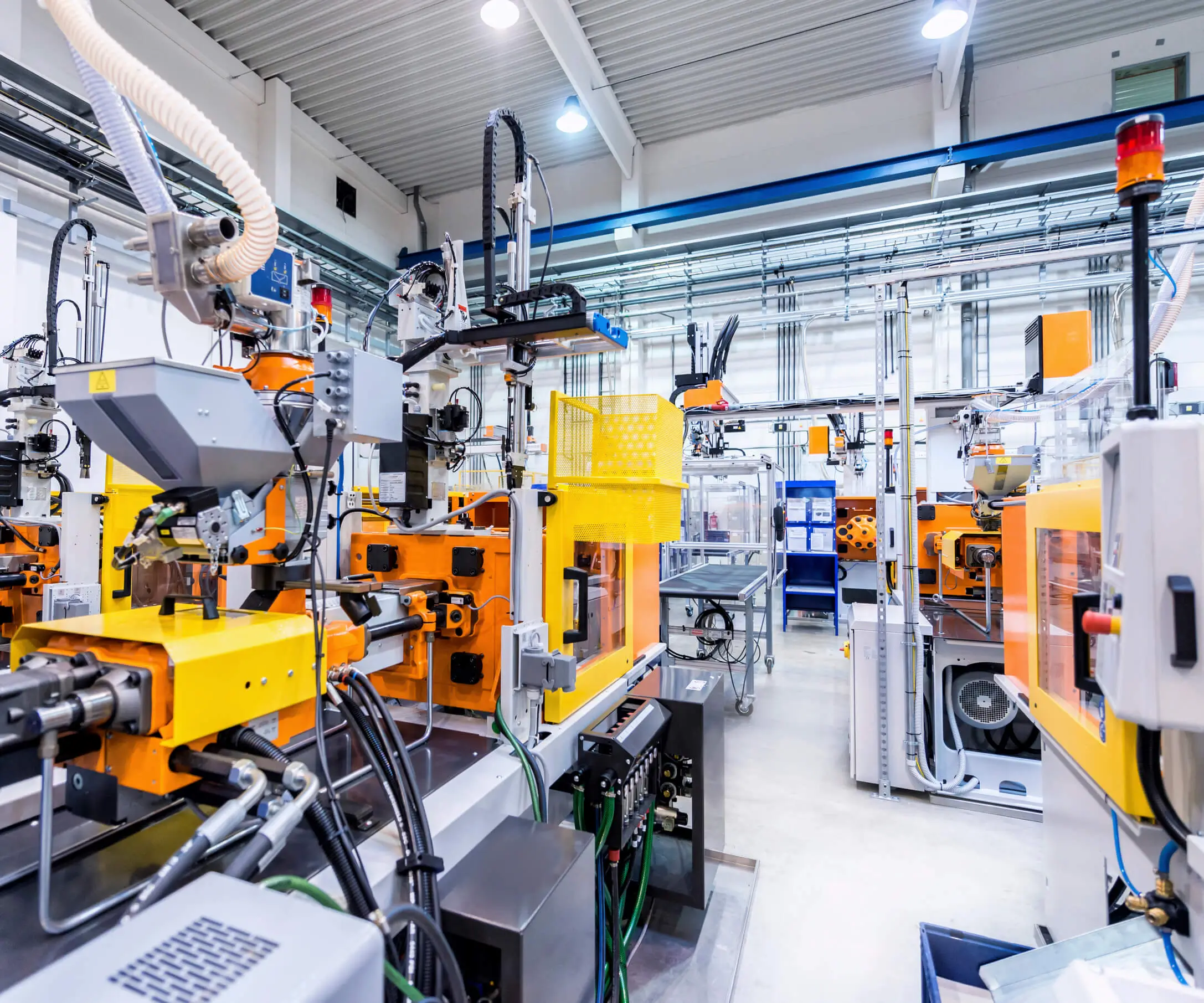When you dive into the world of robotic projects, one thing quickly becomes clear: precision and customization matter. If you're working with servo motors—those tiny but mighty components that make things move—then you'll want to pay attention to the hardware that pairs with them. That’s where 3D printed attachments come into play, transforming a standard servo into something tailor-made for your specific needs.

Imagine this: You’re building a robotic arm for a school project or designing a drone with intricate maneuverability. You need attachments that fit snugly and stay resilient under repeated movements. Relying solely on off-the-shelf parts can sometimes feel limiting—like trying to fit a square peg into a round hole. But with 3D printing, the game changes. You can craft custom attachments that match your project perfectly, saving time and giving you control over every detail.
Why choose 3D printed attachments for servo motors? Let's talk durability first. High-quality filament options can keep your attachments sturdy and lightweight—crucial for moving parts that need to handle stress without adding unnecessary weight. Plus, the ability to design complex geometries ensures that the attachments are not only functional but also streamlined for your aesthetic goals.
Ever wondered if 3D printed servo attachments are worth the effort? Think about rapid iteration. You make a prototype, test it out, then tweak the design—no need to wait for ordering custom-made parts. Just fire up your CAD program, print a new version overnight, and you’re ready for the next round of testing. It’s like having your own mini factory that responds at your pace.
Plus, consider the versatility. Whether you need a simple connector, a mounting bracket, or an intricate gear system, 3D printing allows for quick adjustments. Sometimes it’s about making sure the servo fits into an awkward space, other times it’s about integrating a sensor or camera attachment seamlessly. It’s almost like the technology was made for tinkering and fine-tuning.
Does this mean every project needs every part customized? Not necessarily. But knowing you have the option broadens your scope. You might find yourself designing an entirely new robotic limb, and suddenly, those printed attachments become your secret weapon for seamless integration.
Customer questions pop up all the time. “Will these attachments hold up over time?” Absolutely. Using the right filament and printing settings makes a huge difference. Some projects demand more resilience—think outdoor robots or those exposed to vibrations—so it's crucial to pick the right material. With recent advancements, even hobbyists can produce parts that last longer than ever before.
The beauty of it? The ability to adapt. No longer bound by the limitations of mass-manufactured parts, you craft precisely what your project calls for. It’s about creating, experimenting, and pushing boundaries. Printing servo attachments isn’t just a cost-effective choice; it’s about unlocking the full potential of your ideas.
If you're still wondering whether this approach fits your project, think about the freedom you'll get. No more waiting on custom orders, no more compromises on design—just a straightforward way to bring your robotic visions to life. That’s what sets apart the hobbyists from the innovators: the willingness to craft exactly what’s needed, when it’s needed. And with quality materials and clever design, those printed attachments don’t just work—they excel.
Established in 2005, Kpower has been dedicated to a professional compact motion unit manufacturer, headquartered in Dongguan, Guangdong Province, China. Leveraging innovations in modular drive technology, Kpower integrates high-performance motors, precision reducers, and multi-protocol control systems to provide efficient and customized smart drive system solutions. Kpower has delivered professional drive system solutions to over 500 enterprise clients globally with products covering various fields such as Smart Home Systems, Automatic Electronics, Robotics, Precision Agriculture, Drones, and Industrial Automation.




































